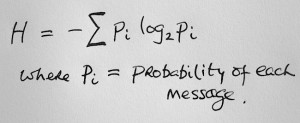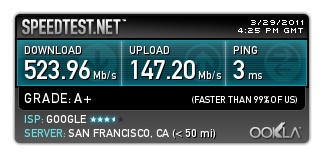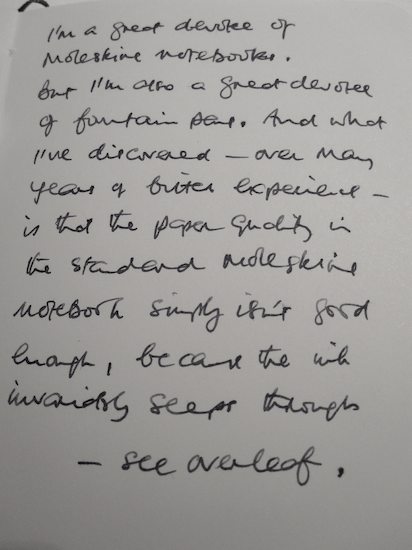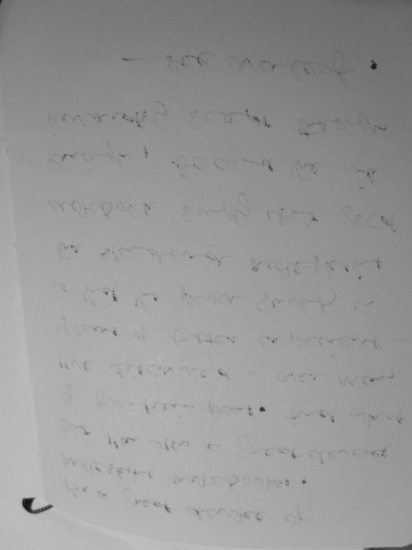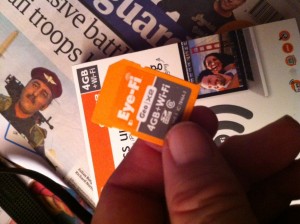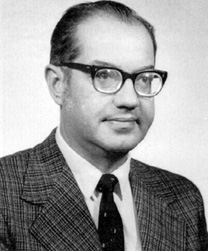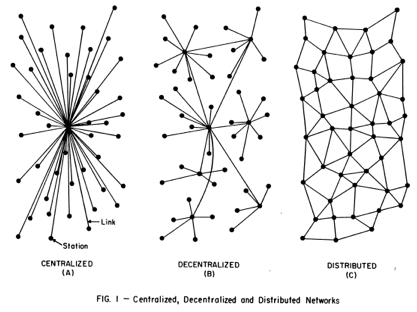From the The Harvard Crimson.
Harvard is solidifying plans to lead one of the largest national efforts to create a digitized public library.
The proposed Digital Public Library of America will serve as an open online collection of digitized books and texts that project leaders hope could one day incorporate every volume ever published.
Guided by a Steering Committee at the Harvard Law School’s Berkman Center for Internet and Society, the project remains in its initial planning phase. But in the wake of a New York District Court’s ruling last month against the Google Books Library Project, citing concerns of monopoly power, the spotlight has fallen on the DPLA, which will allow free access to the volumes.
There is a “need to pivot very quickly from the discussion phase to the implementation phase,” said Harvard Law Professor John G. Palfrey ’94, a co-director of the Berkman Center and a leader in the DPLA project.
The DPLA will be the product of a collaboration between the largest library systems in the nation, already including Harvard, the Library of Congress, the National Archives, and the Smithsonian Institution.
“The promise of the idea is attracting a lot of people at least to be involved even if they are skeptical of our ability to pull it off,” he said. “We have many of the biggest players at the table.”
If implemented successfully, the project will “make the cultural and scientific heritage of humanity available, free of charge, to all,” according to its online concept note.
Well, at least it gives the Crimson something to write about other than who’s suing Mark Zuckerberg at the moment.


